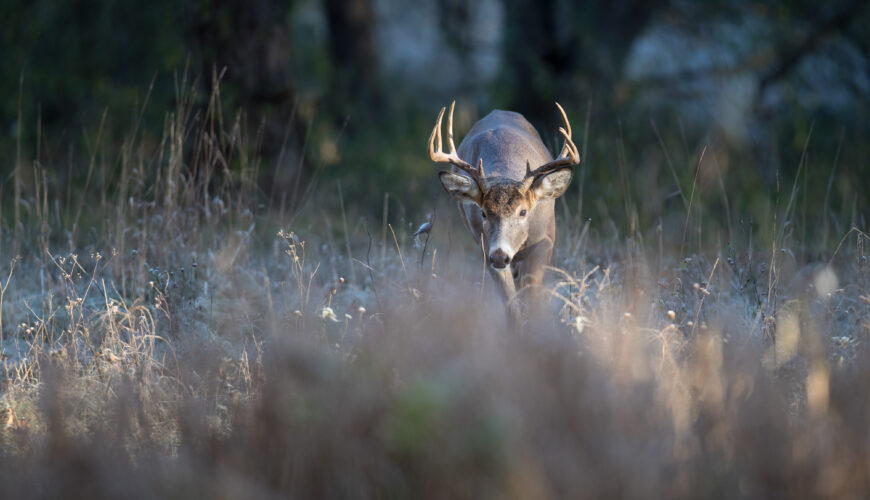Tactics
Sporting Clays Technique: How To Deal With Teal
November 24, 2025 •Mark Chesnut
October 29, 2025
If you’re not ready yet, you’d better get there fast. Halloween week is the fuse, with Oct. 25 considered by many serious deer hunters (yours truly included) to mark the real kick-off the whitetail rut hunting period. But even with that day serving as an important marker, the best days are still ahead, including the first on our list, October 31 in just a couple of days. The rut clock is ticking. The woods are about to blow up with activity, and there are seven golden days along with the days immediately around them that will create your best window of opportunity for rut season success.
This is your time to be the Michael Myers of the whitetail world. Halloween has long fallen right in that first week marking the launch of the rut’s ignition phase and with it falling on a Friday this year, call it superstition or mad science, but the day feels right for getting in the woods. Bucks are fired up but still predictable, moving along familiar scrape lines and the edges of doe bedding areas. It’s that rare in-between window when bucks are bold and on the move, but not yet reckless and stupid. They’re scent-checking, rubbing, starting to spar, especially the younger bucks, and getting noticeably restless. In just the last four days my trail cam activity in Virginia has shown the first bucks moving in daylight thought most are still cruising while still dark. If you’ve been watching a core-area buck that’s been all nocturnal, this is the day he just might slip up in daylight. Hunt transition zones where food meets cover or the fringe of known doe feeding hot spots whether that is an unpicked bean field or an aged oak dropping gumball-sized acorns. And don’t be afraid to rattle or grunt—bucks this week are spoiling for a fight. Halloween isn’t spooky for deer, it’s dangerous.
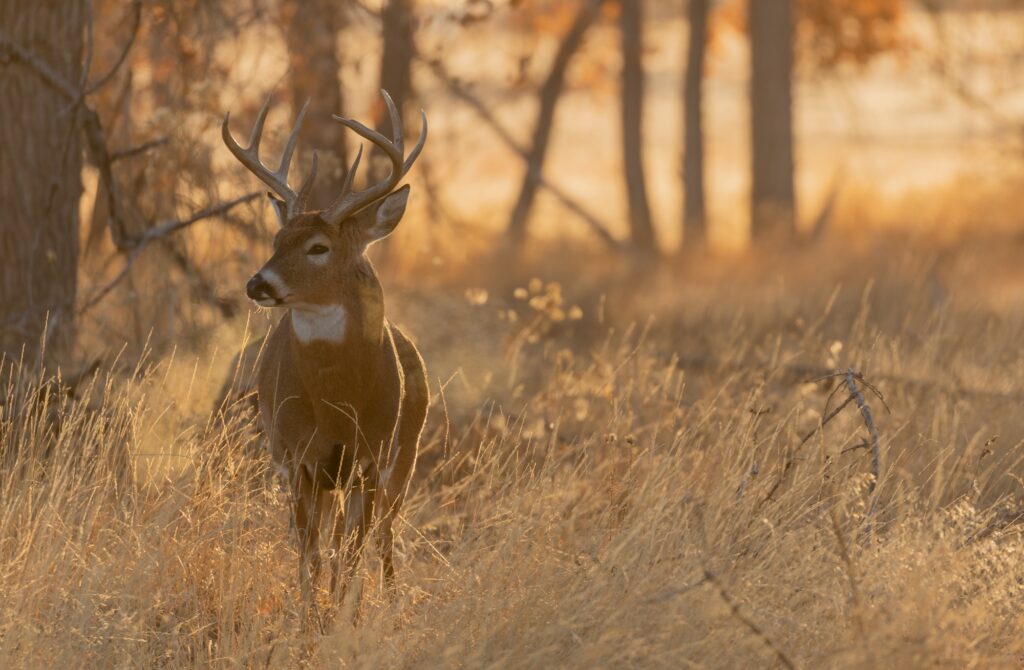
A full moon will arrive Nov. 5. Expect the afternoon action to be off the hook. Adobe Stock Image
The first week of November is money, plain and simple. The air generally turns crisper, the woods smell of leaf mold and musk, and every sense you have hums. Bucks should be full-on moving now, checking scrapes and pushing those first hot does. Really from November 3-5, you’re in that prime early “seeking phase” sweet spot where the odds begin falling in the deer hunters favor. I would usually suggest now is the time to start planning all-day sits on your stand, but I’m going to recommend holding off on that for a few more days. Why? The moon on Nov. 4 is waxing gibbous with the full moon hitting on the 5th. You can sit all day, but in my experience, deer are moving more through the late night than usual, which means morning hunts usually suck. The flipside of that is they also begin moving early in the afternoon so you want to be in your stand by 1 p.m. if you can and stay there till dark. I love an afternoon hunt during a full moon, especially when that moon falls in early November.
This is it, the moon is waning and we are roughly a week out from peak breeding in much of the whitetails range, particularly above the 35th parallel. If you hunt where the rut hits in November, now are the key days most people consider “the rut,” when bucks are everywhere, cruising, chasing, running does ragged as the majority of them are not quite ready for primetime. It’s the height of madness—a day when a lot of hunters in-the-know swear by as year in and year out trophies hit the ground on this day. You’ll want to be strapped in because anything can happen at any moment. This is where the all-day sit separates the hunters from the losers. If the weather stays cool, bucks will move all day. Now is when you will start noticing bucks you’ve never seen before appearing on your cameras, and the one you’ve been watching noticeably absent. (Hate to say it, he’s on your neighbor’s property or even beyond, roaming farther than his usual range looking for those first does coming into estrus. Funnels between bedding areas and open feeding zones will be high-traffic corridors. Stay alert and be ready to shoot. You can go from hours of quiet to heart-jolting adrenaline in an instant.
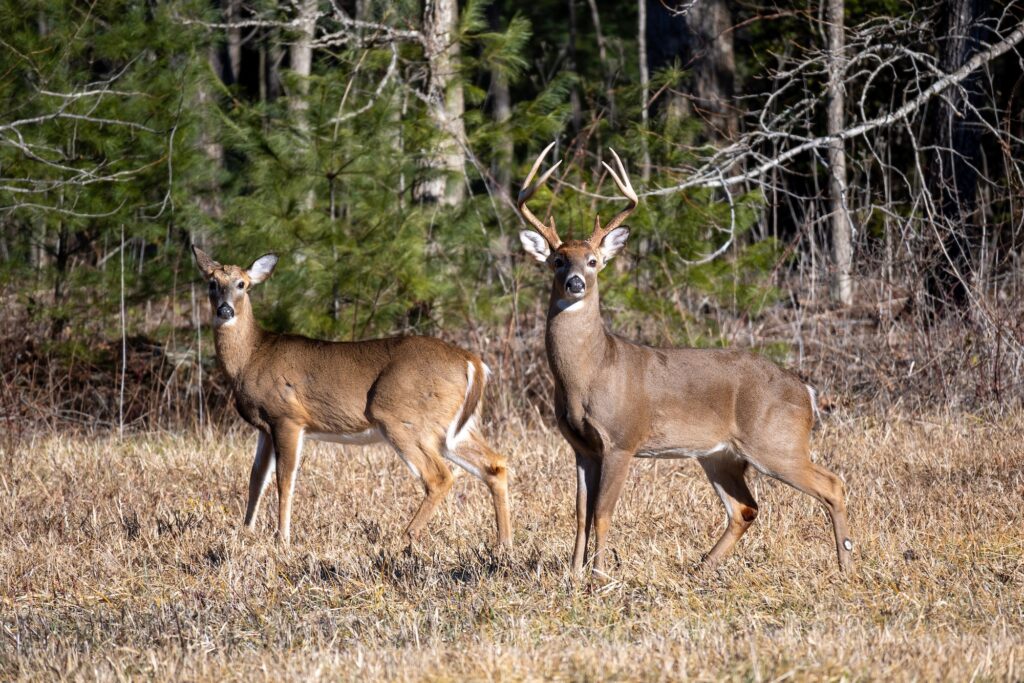
The action may slow down as the rut peaks, but don’t dread the so-called “lockdown.” The bucks are still there. Adobe Stock Photo
If you lined up the rut data across North America, this is the median. The biological high point. The week when most does come into estrus and most bucks begin tending. Ironically, it can also feel dead in the woods—the “dreaded” lockdown—particularly in northern states where that window of breeding is more pronounced. Bucks are hanging tight with does as they come into estrus—a two- to three-day window—so they won’t be as visible as they have been. But don’t fall for the “it’s over” trap, and don’t really buy into the total “lockdown” mindset either. Not every buck is with a doe right now, not every doe comes into estrus at the same time (just more of them right now) and there will always be bucks on the move looking for that next one. You can only kill them if you are out there and now is a great time to “out.” In a number of states, firearms seasons are rolling in, so expect hunting pressure to have some impact, but for the dude who just traded in his stick-and-string for a bang stick, he just became that much more lethal, too.
A few days after the frenzy, everything seems quieter. But this is when older, wiser bucks that have made it to this point and are still hoping to catch a late estrous doe step back into the daylight and continue on the prowl. These are heavyweights on the move, big-bodied, smart, deliberate. Hunt near travel corridors between pockets of thick cover, where a buck might scent-check multiple bedding areas in one swing. This is also when you might see that “one shot” buck, a mature deer that has traveled from a mile or two away and this is the only time he will pass through. Better be on stand when he does. Hunt steady weather days, especially with cool temps and a north wind. You’re not in the storm anymore, you’re hunting the aftermath, and that’s where legends are truly made.
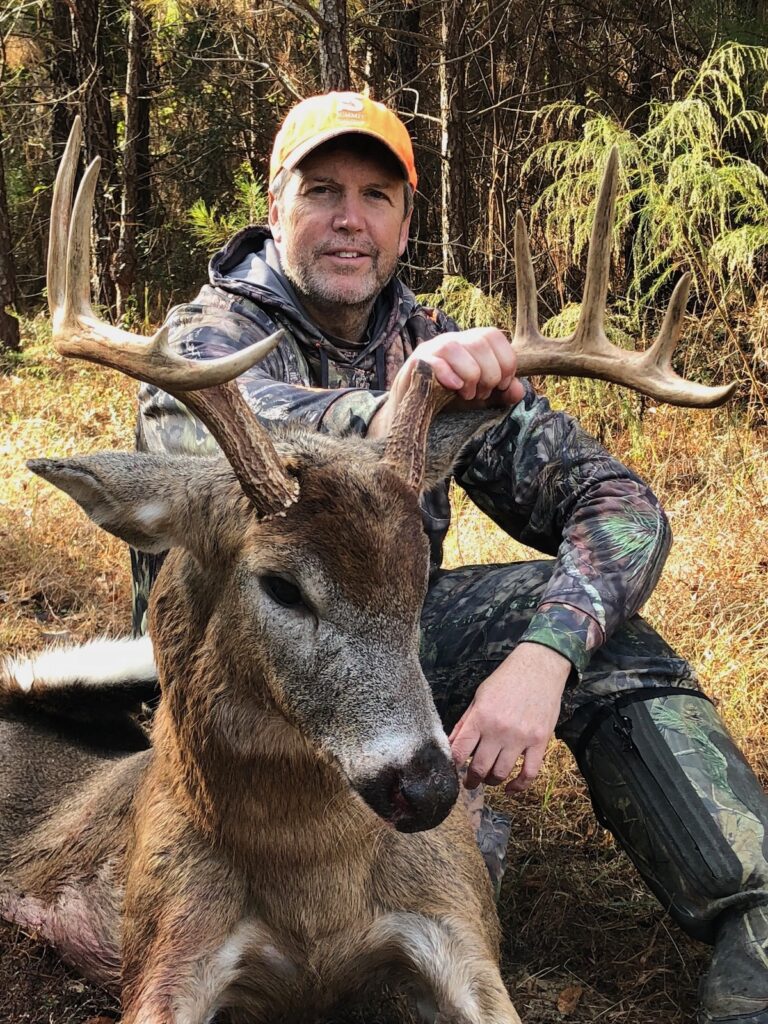
If you see a buck late November as the rut is winding down, odds are it’s the one you want. Doug Howlett Photo
Thanksgiving week brings a mixed bag to the woods. The energy of the rut is quickly fading and the four-day holiday weekend (for a lot of hunters) is just about to hit, maximizing pressure in the woods. This is your jump on that. Unless it’s opening week of gun season where you hunt, expect the woods to still be relatively quiet and the last cycling does to have the final big bucks prowling. We are officially in the post rut now and does are ganging back up. Find where they are feeding and hang loose on the periphery like a satellite tom in the spring. Work edges of cover leading to standing crops, oak ridges above cut corn or secluded funnels or pockets of timber that have been overlooked. Set up 30-50 yards or so inside a field edge near thick cover and downwind of a well-worn deer trail and hunt until the last rays of light. You may catch a bruiser staging and just waiting for dark thirty to step into view. If you see a buck on November 26, odds are it’s the one you want.
Most hunters have packed it in by now or are hitting it half-heartedly. Especially if they are the type to put most of their energy into the rut period. But the post-rut may have one last party on tap. This first week of December, while far from my favorite, can be shockingly productive, especially if a cold snap hits and you are hunting somewhere that isn’t just crawling with the orange-clad masses. Bucks and does are both driven by three needs now, food, more food and maybe one last chance for sexy time. Target the late-season food sources: cut bean fields, brassica plots, acorn flats if they’re still dropping. Just like in late November, set up farther back in the woods of a field edge. Mornings can produce catch a late roamer, but in all likelihood, late afternoon is going to be when it happens now. If you’re far enough North to enjoy snow on the ground, this is prime time for tracking. Big, deliberate buck tracks will lead to a tired but killable deer. It’s cold, it’s quiet, and it’s your last, best chance before the woods go still for good.
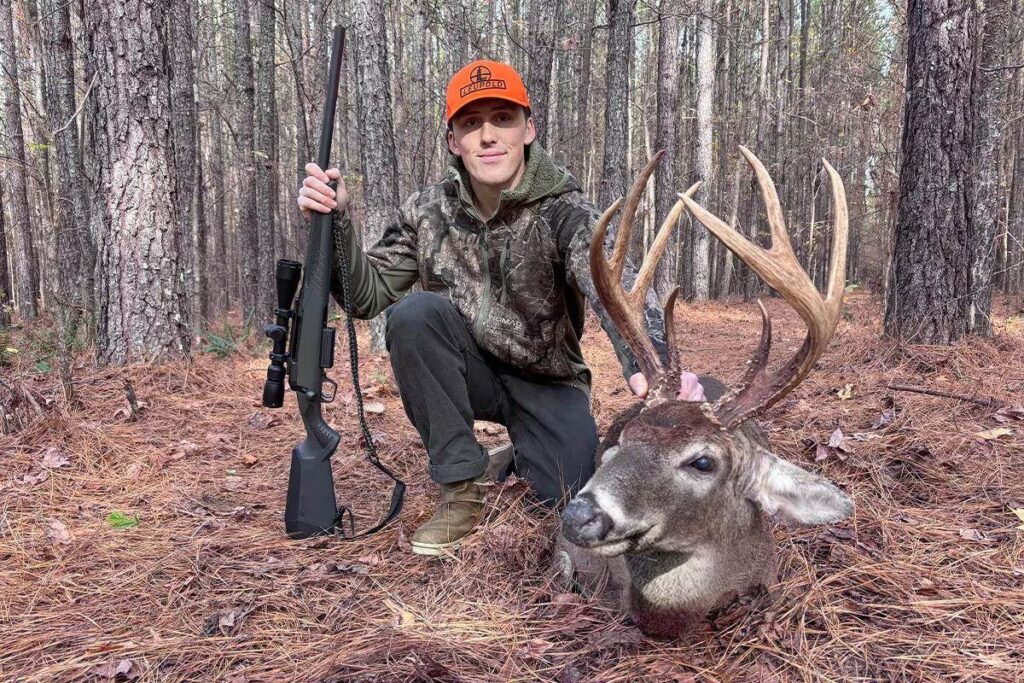
Your best tactic bottom line: Just get out there. You can’t kill a trophy sitting at home. Doug Howlett Photo
Hunting strategy is far from an exact science. Every place, time and even deer population creates an assortment of variables that can affect every hunter’s experience. But throughout 90 percent of the whitetail’s range where bucks rut in mid-November, if I only had one week to take time off from work and hunt. Those days would fall anywhere from Nov. 7-13 with my personal favorite days to be in the woods anywhere from the 8-12. I’ve seen more deer on those days when I’ve hunted them regardless of whether I’m home in Virginia, down in South Carolina, hunting in Nebraska or up in Wisconsin.
As I recently shared on the Outdoor Drive Podcast, the key is to be in a stand as often as you can. Just because you’re in the woods doesn’t guarantee you will get a buck. But not being there guarantees you won’t.
